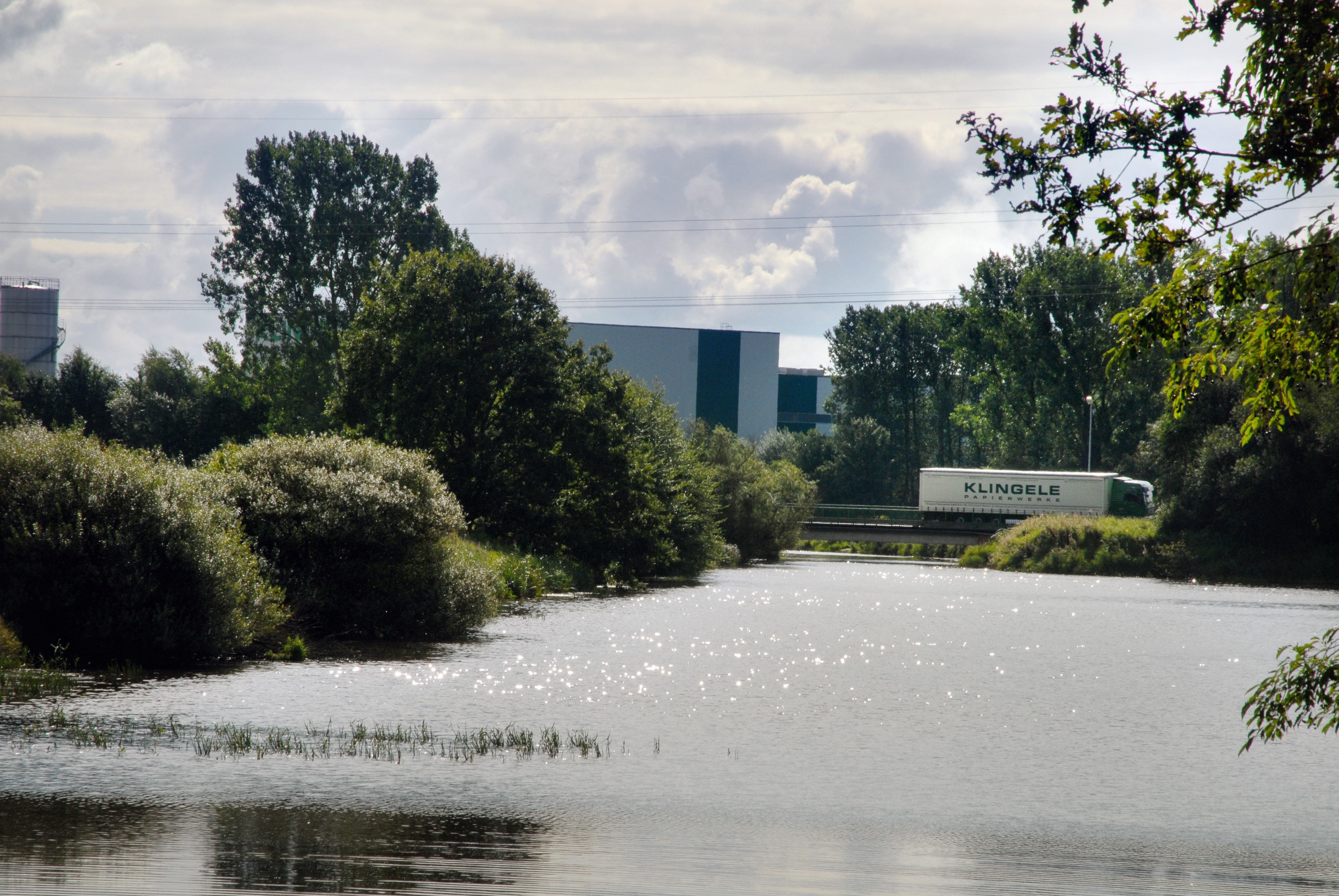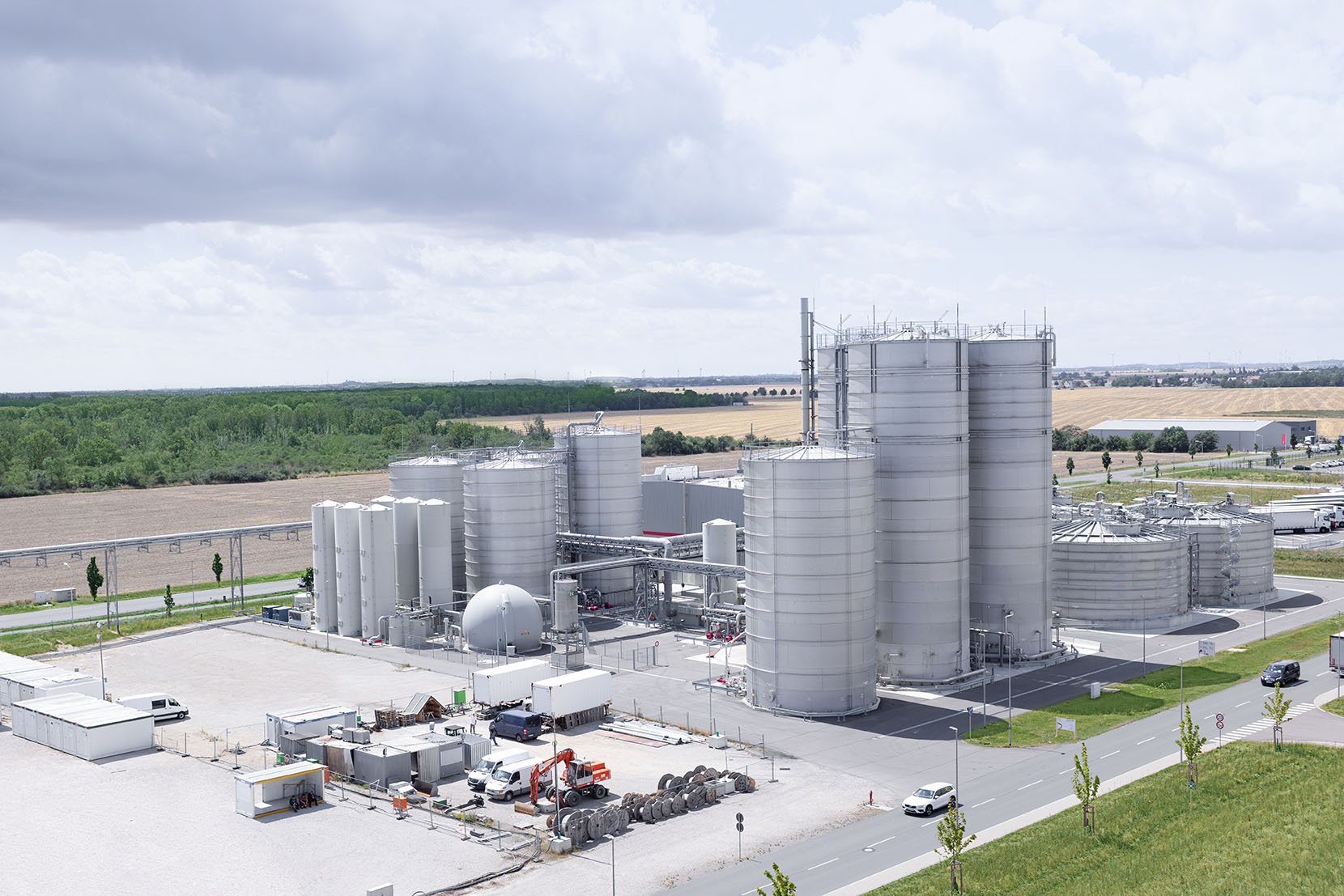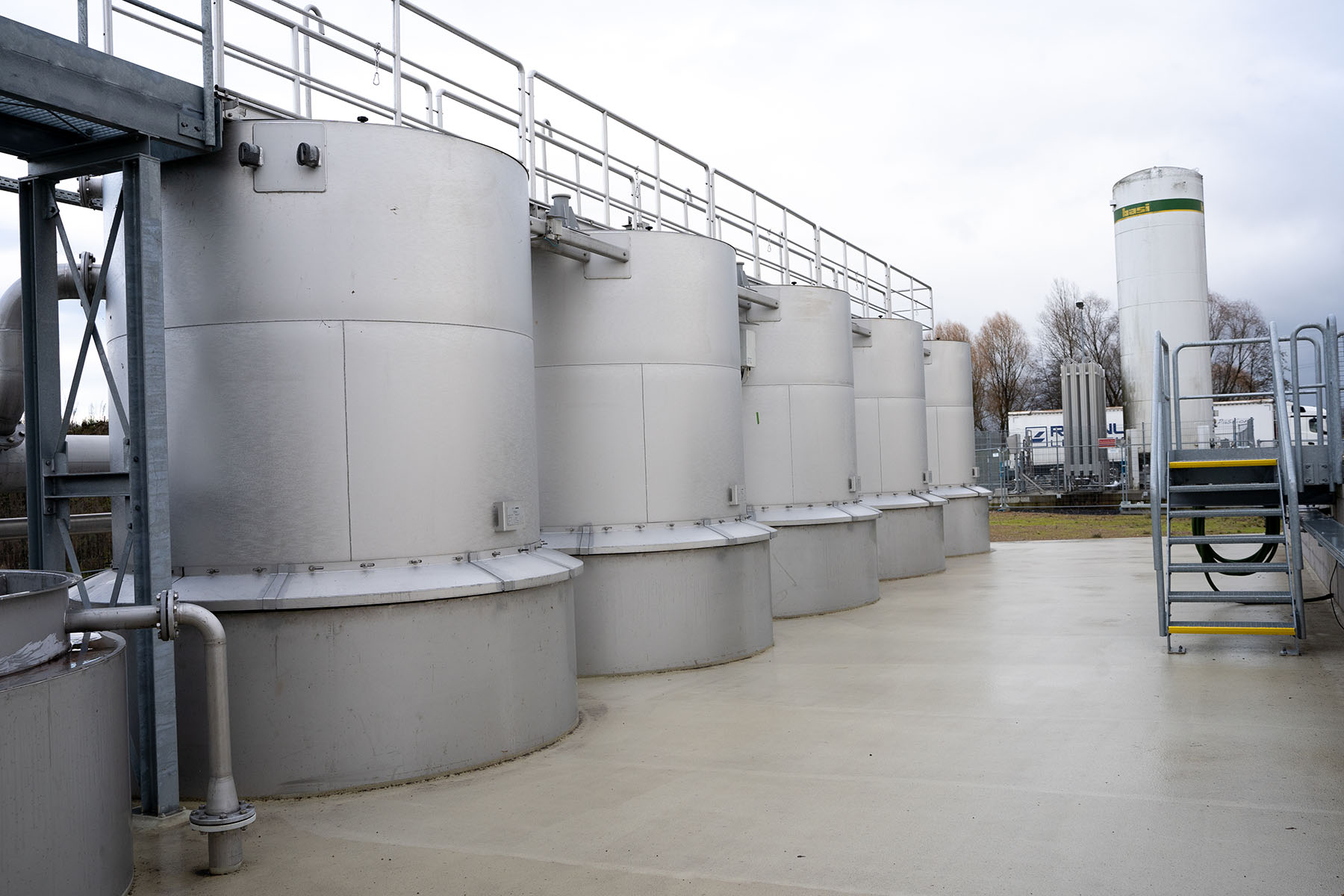How the industry is using water
In order to produce sustainable products, the pulp and paper industry uses around 213 million cubic metres of water annually. The water used in the factories is primarily needed to prepare raw materials, such as waste paper, pulp or wood and is indispensable for the entire production process.
In 2022, almost 80% of the water used in this industry came from surface water, with 20% being drawn from wells or other underground sources. Water from the public water supply is only used in exceptional cases, making up 1% of all use.
DIE PAPIERINDUSTRIE 2023): Water and Residue Survey in the German Pulp and Paper Industry 2022.






















.jpg)






.webp)




